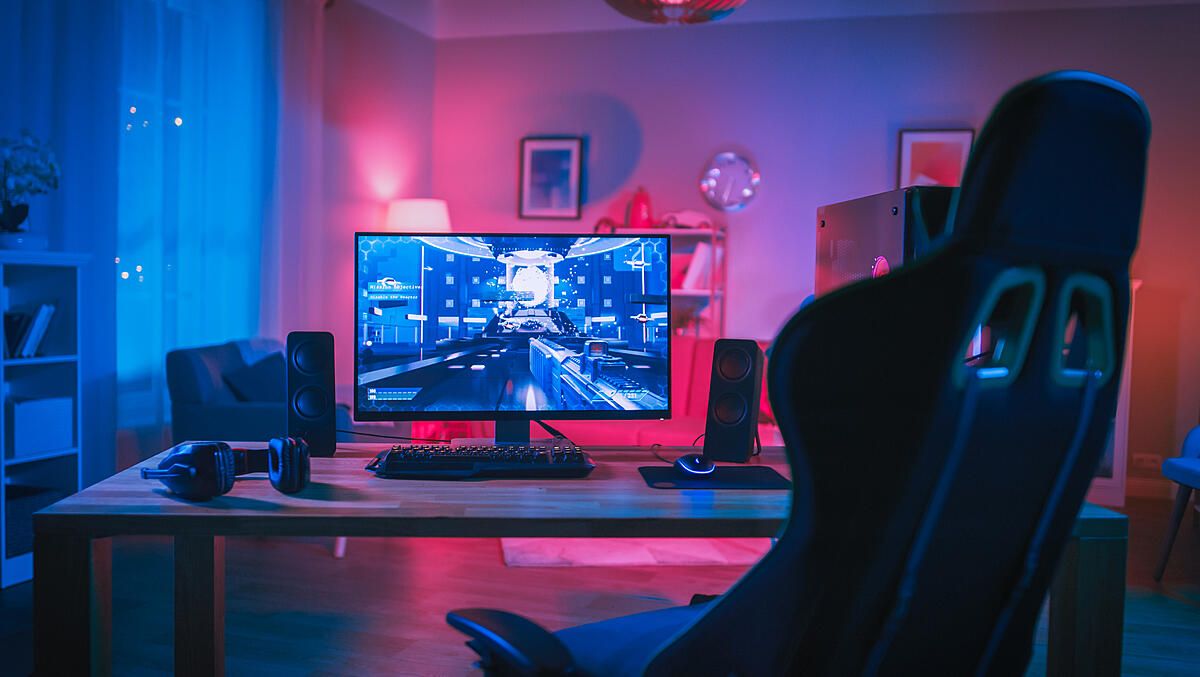Why Video Games May Be The Pain Killers Of The Future
Share

“Nothing we can do; you’ll simply manipulate it for now.” Coming from a medical doctor, these phrases are all too familiar for people with continual pain — and especially so for ladies. For some, along with myself, video games have helped them manipulate.
This isn’t a new or untested concept; the secret is a distraction. In 2011, a New Zealand study looked at how well human beings could be distracted from pain by using various strategies. It turns out video games (an energetic distraction) were more successful than passive distractions—like TV or no distraction in any respect. Patients were more eager to attempt the same test again and had less anxiety if they knew a lively distraction might be a concern.

No one suggests changing remedies with a controller; however, video games can directly offer something else to recognize and manipulate the ache. TV, movies, and books also can help me; I discover them a little too passive — similar to the look suggested. On the other hand, a few video games are too annoying, so there’s a balance in finding the best stage of consciousness to get me through. A form of research has shown this, too.
More currently, scientists in the Netherlands had sufferers with persistent aches play LAKA, a game focusing on mindfulness. LAKA has you making (and rating) a chain of picks throughout the game. Should you type or be rude to this random individual you met at the same time as you’re touring the world? This game isn’t aimed at simply assisting with ache control; there’s a focal point supporting improving player’s notion, too. The research typically displays barely nice outcomes. However, LAKA doesn’t quite hit the right “active distraction” factors for constantly effective pain control.
The sport that may work for you can rely largely on the level of ache you’re in. Online shooters, for example, are nearly always a no-cross after I’m in pain. It doesn’t depend on how much I love gambling video games like Overwatch; the quick-paced nature and inability to pause tend to be too much. I discover unmarried participants and first-person shooters, like the Far Cry series, to be helpful — but most effective for decreased pain levels. These tend to be less reflex-based, and I can pause when necessary. If I have a specifically horrific flare-up, now and again, I’m nevertheless not up for this degree of the hobby.
There is a similar trend with puzzle video games, too. Tetris, for example, was great for short bouts but tended to be piece plenty to address if I needed to distract for greater prolonged durations. On the other hand, slower puzzles, like many phrase games or sudoku, don’t distract me sufficiently and allow my mind to wander back without difficulty to how I’m feeling.
Turn-primarily based role-gambling video games, especially Japanese role-gambling games, are the best genre for my non-public ache management. You can usually play at your pace, and there’s rarely any response primarily based on timing, so it doesn’t count as an excessive amount if you’re now not at your high quality. These games are lengthy, occasionally spanning over one hundred hours, so there’s usually some content to explore. And my best sport?
Persona 5. It mixes a flip-based, totally struggle system with a very properly-paced tale. I performed the remaining year after I was particularly sick, sinking my eighty-hour playthrough in approximately a week of bad health. Recently, with some other flare-up, I’ve discovered myself coming again for New Game Plus. While we eagerly look ahead to the effects of studies searching at specific games that work first-rate, the usage of digital truth is surging beforehand inside the clinical network.
VR could make you healthier and is widely used to help people address aches. VR is prominently used for acute ache management — burn care, cancer treatments, and routine medical techniques.
The Children’s Hospital Los Angeles posted details about how patients can typically tolerate greater pain and be more inclined to use VR procedures. This additionally brought about less demanding strategies, especially with kids.
When they used VR, they were more distracted and also more compliant. Compliance approach calmer, stiller youngsters, which means higher tactics—like putting a needle once rather than a couple of tries on a wriggling child. But is digital reality a valid form of pain remedy? Based on its capacity to preserve sufferers mentally and emotionally happy—in addition to distracted—researchers believe that would be the case.















